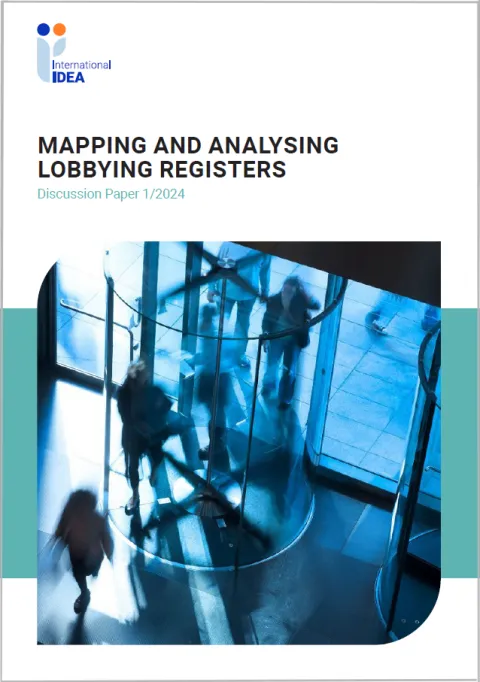Mapping and Analysing Lobbying Registers
This Discussion Paper reviews the performance of 16 lobbying registers according to 3 interlinked dimensions: (a) transparency; (b) regulatory capacity; and (c) interoperability. Under ‘transparency’, the paper examines the scope of lobbying information collected by the register in question, as well as how that information is administered and subsequently disclosed. ‘Regulatory capacity’ refers to how a register is enforced and to what extent it requires actors to report information about other regulatory issues such as political donations and public procurement. ‘Interoperability’ looks at whether and how a register is designed to enable cross-checking with other public data sets in the same country and with other lobbying registers across jurisdictions when providing the public an opportunity to freely download data.
By looking at these three dimensions, the paper conducts a systematic comparative assessment, benchmarks the registers’ performance, and highlights good practice examples. The paper’s overall aim is to advance an evidence-based debate on what constitutes an effective lobbying register and what kinds of related reforms could improve
transparency in policymaking. At the end, the paper provides some concrete suggestions on improving the effectiveness of lobbying registers with respect to the three dimensions discussed.
This Discussion Paper contributes to International IDEA’s wider research initiative on the interlinkage between money in politics and the new forms of political participation.
Details
Contents
Executive summary
Introduction
1. A framework for assessing lobbying registers
2. Assessment of Lobbying Registers
3. Summary and policy implications
References
Annex A. Assessment Criteria
About the author
Give us feedback
Do you have a question or feedback about this publication? Leave us your feedback, and we’ll get back to you
Send feedbackMapping and Analysing Lobbying Registers

| Total views | 3798 |
|---|---|
| Downloads | 393 |
| Rating |
Give us feedback
Do you have a question or feedback about this publication? Leave us your feedback, and we’ll get back to you
Send feedback











